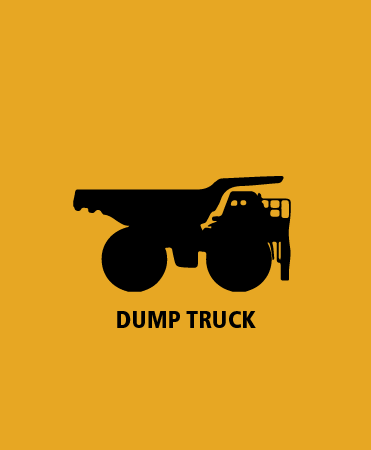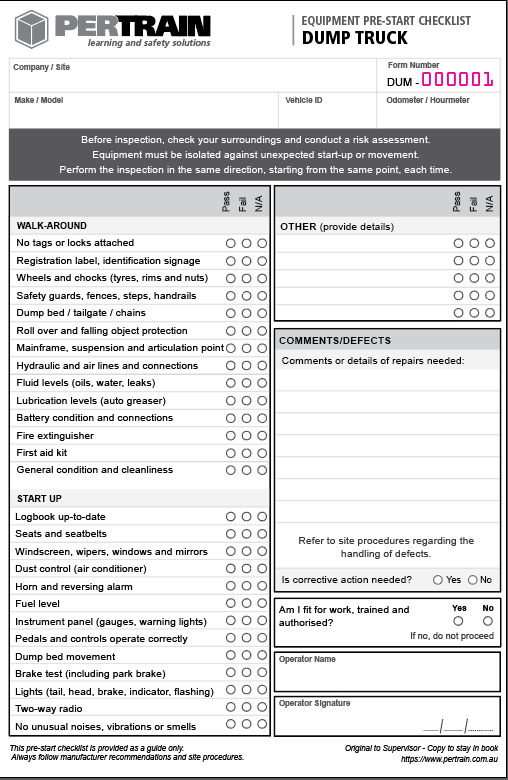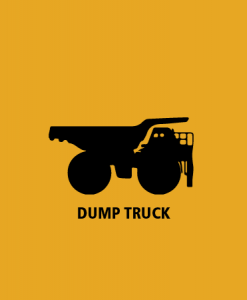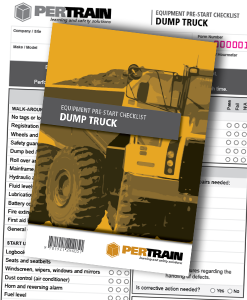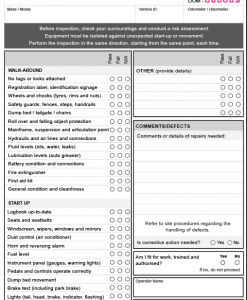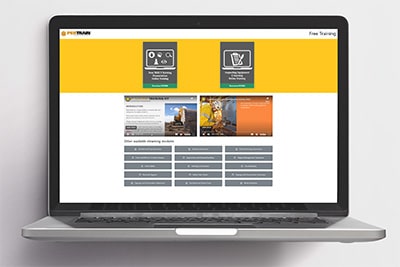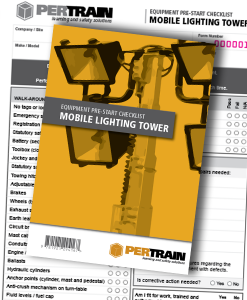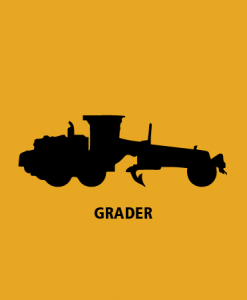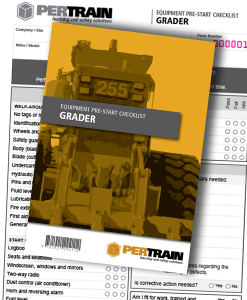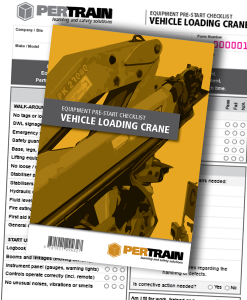Dump Truck Pre-Start Checklist
Our Dump Truck Pre-Start Checklist Book is designed by industry professionals to assist machinery owners and operators in meeting their obligations while promoting a safe working environment.
Purpose of a Dump Truck Prestart Book:
- Identify faults or hazards early to prevent accidents or breakdowns.
- Maintain legal compliance with workplace safety laws.
- Record inspections and defects for auditing and maintenance tracking.
- Support a culture of safety and responsibility among operators.
What’s Included in a Dump Truck Prestart Book?
-
Vehicle Details:
- Dump Truck make, model, and serial number.
- Operator name and signature
- Odometer/hours
- Date and time
- Plant number or fleet ID.
-
Prestart Inspection Checklist:
- Cab & Controls: seatbelts, horn, wipers, gauges, steering, foot pedals
- Fluids: Oil levels, coolant, fuel, hydraulic fluid.
- Brakes & Suspension: park brake, service brake function
- Body & Chassis: frame, tray, hinges, wear plates
- Electrical: Lights, alarms, horn, battery condition.
- Tyres & Wheels: pressure, damage, wear
- Lights & Indicators: headlights, brake lights, work lights
- Safety Equipment: fire extinguisher, UHF radio, beacon, reversing alarm
- Structural Integrity: Cracks, damage, loose bolts.
- Emergency Stops & Warning Systems
-
Defect Reporting Section:
- Space to record any issues found during the inspection.
- Area for operator’s signature and supervisor’s acknowledgment.
-
Maintenance Log:
- Notes on repairs or servicing conducted.
-
Operator Sign-Off:
- Confirmation that the prestart has been completed.
- Acknowledgment of any identified faults.
Who Uses an Excavator Prestart Book?
- Operators – Complete the checklist before operating the truck.
- Supervisors & Safety Officers – Review logs to ensure compliance.
- Maintenance Teams – Use records to schedule servicing and repairs.
- Safety Officers: Audit the books for compliance and incident investigations.
Why is it Important?
- Prevents breakdowns and reduces costly repairs.
- Improves safety by identifying hazards before operation.
- Meets workplace and regulatory requirements (e.g., Australian WHS laws).
- Provides a legal record of equipment inspections in case of an incident.
Equipment Owners have a legal requirement to provide equipment that’s fit–for–purpose and safe to use.
Equipment Operators have an obligation to ensure equipment is safe to use before using it.
For larger orders we offer full customisation (Add a logo, change colours or alter the checksheets). Call us for a price.
